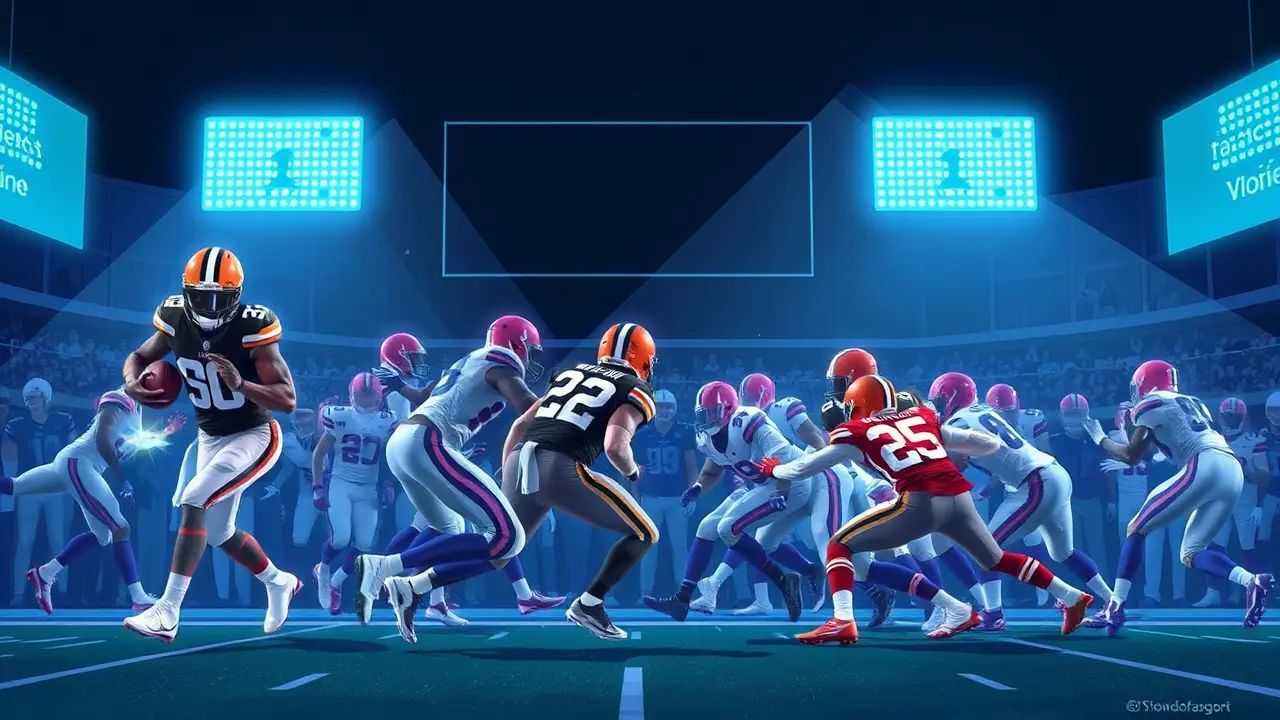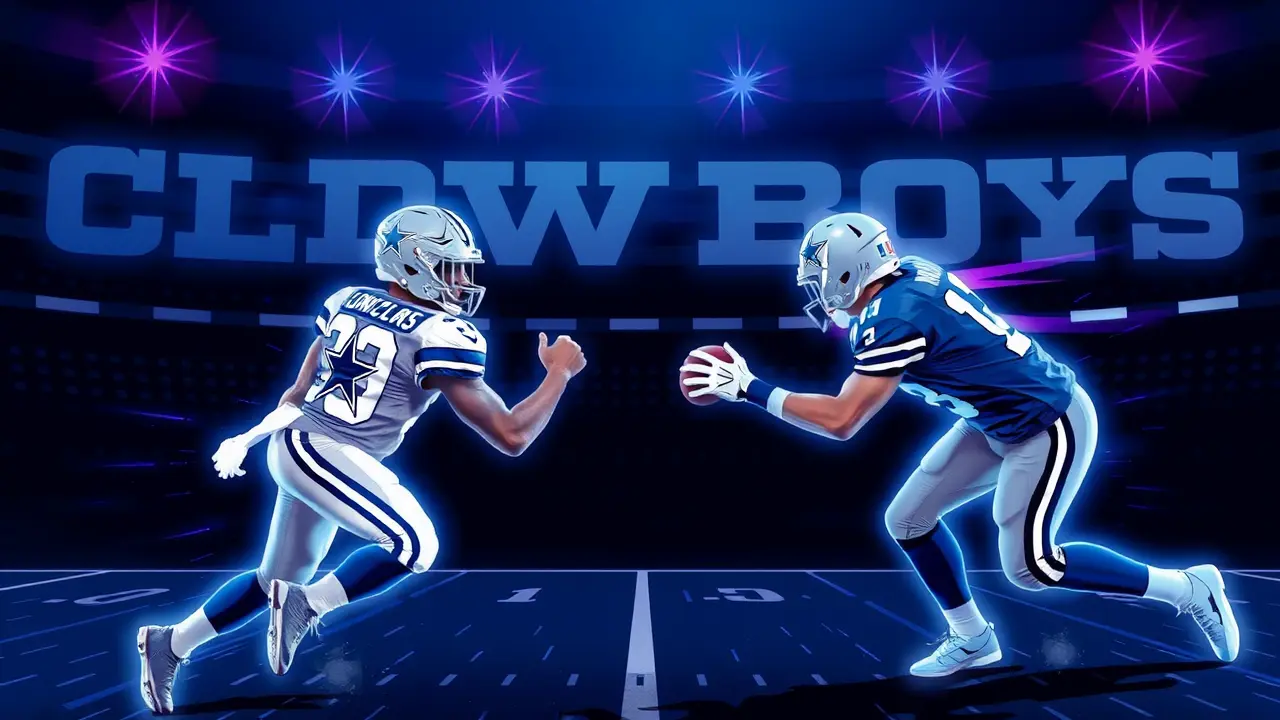
SportfootballInjuries and Suspensions
Browns defense makes one mistake, sees 27 points on the board in Week 10 vs Jets
JA
Jack Turner
3 hours ago7 min read
The Cleveland Browns' defense executed with near-flawless precision for fifty-nine minutes against the New York Jets in Week 10, only to see their masterpiece undone by a single, catastrophic miscalculation—a moment that felt as jarring as a wrong note in a symphony. Leading up to that fateful fourth-quarter play, the unit had been utterly dominant, holding quarterback Justin Fields to a paltry 12 passing yards and rendering the Jets' offense almost completely inert.The critical breakdown occurred on a 2nd-and-17, a situation where conventional wisdom suggests a conservative defensive call. Instead, defensive coordinator Jim Schwartz dialed up an all-out blitz, a high-risk, high-reward gamble reminiscent of a riverboat poker play.Fields, under immediate duress, managed to float a short screen pass to the electric Breece Hall, who proceeded to slice through the vacated secondary for a 42-yard touchdown. While the aggressive philosophy of bringing pressure is generally sound—akin to a basketball team applying full-court press to force turnovers—the decision to send the house against a quarterback who had shown no capacity to beat them through the air was a baffling tactical error.It was the defensive equivalent of a chess grandmaster sacrificing a queen in a completely won position; the aggression was unnecessary and ultimately cost them the game. This single play underscored a brutal truth in the NFL: perfection is required for fifty-nine minutes, but a single lapse can erase it all, a lesson the 2000 Baltimore Ravens learned only after their own historic defense occasionally bailed out a struggling offense.Statistically, the Browns' defense was a study in individual brilliance. Myles Garrett, while not registering his usual seismic stat line, still commanded constant double-teams, his presence alone warping the Jets' protection schemes and creating opportunities for others.His Pro Football Focus grade of 64. 7, while pedestrian by his otherworldly standards, fails to capture the gravitational pull he exerts on an offensive game plan.The real standout was rookie Mason Graham, whose PFF grade of 82. 1 signaled the arrival of a formidable interior disruptor, a player whose technique and power recall a young Aaron Donald.Conversely, the linebacker corps, despite Carson Schwesinger's remarkable gut-it-out performance on a recently injured ankle, was a significant liability. Schwesinger and Devin Bush were graded in the 40s by PFF, their struggles in coverage and run fits exposing the middle of the field.Bush's holding penalty, which effectively extinguished Cleveland's final comeback attempt, was as costly as the Hall touchdown, a one-two punch of self-inflicted wounds. The secondary, however, was a bastion of stability.Safeties Grant Delpit (PFF grade: 82. 2) and Ronnie Hickman (76.6) patrolled the back end with authority, with Hickman's interception serving as a textbook example of reading a quarterback's eyes and breaking on the ball. Cornerback Tyson Campbell’s coverage grade of 90.7 is the kind of lockdown performance that wins games, even if it was overshadowed by the final score. In the final analysis, this game will be remembered not for the ninety-plus snaps of defensive excellence, but for the one that got away—a stark reminder that in the analytics-driven modern NFL, the human element of play-calling and in-the-moment decision-making remains the ultimate variable that no algorithm can fully account for.
#Cleveland Browns
#New York Jets
#NFL Week 10
#defensive analysis
#featured
#snap counts
#Breece Hall
#Justin Fields
Stay Informed. Act Smarter.
Get weekly highlights, major headlines, and expert insights — then put your knowledge to work in our live prediction markets.
Related News
© 2025 Outpoll Service LTD. All rights reserved.














